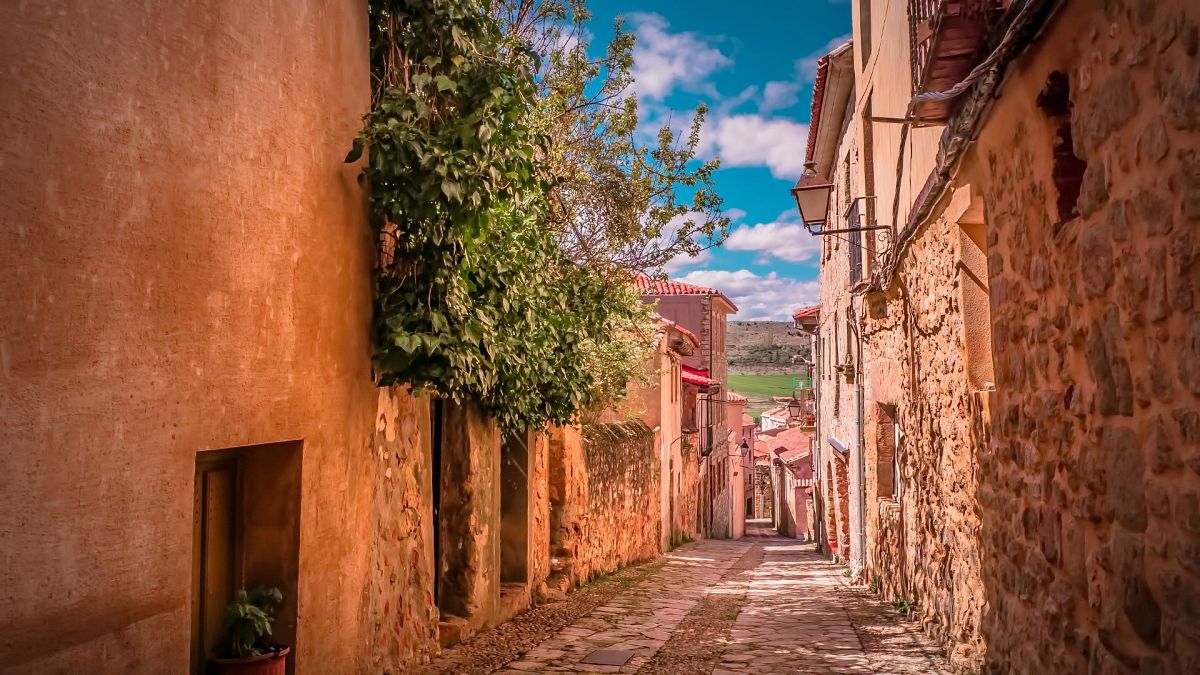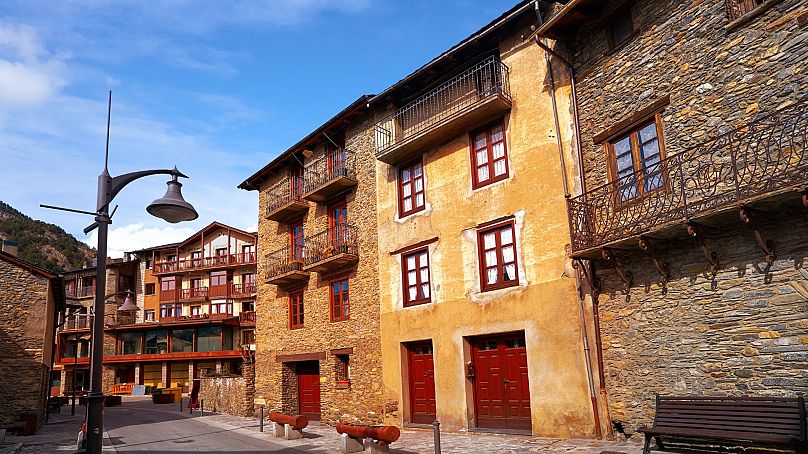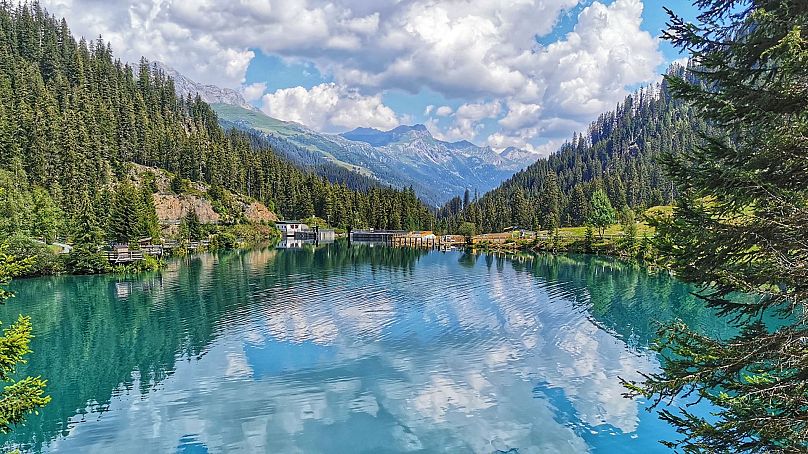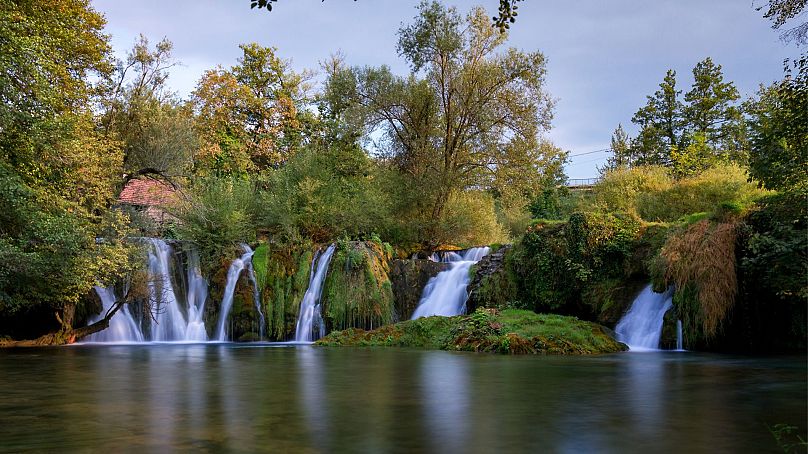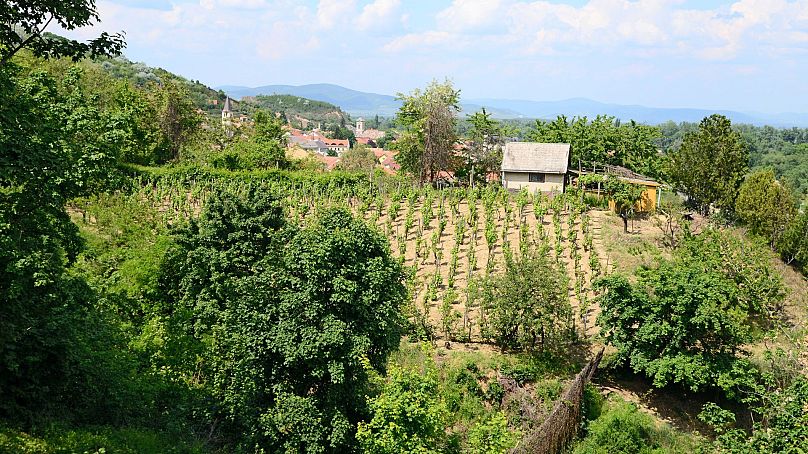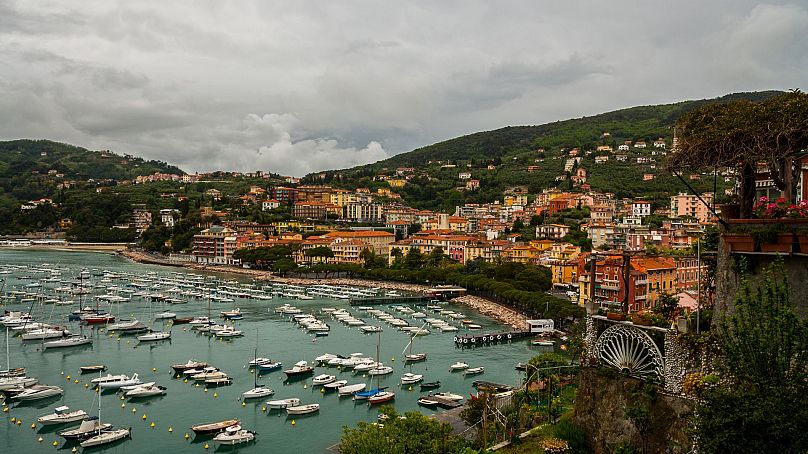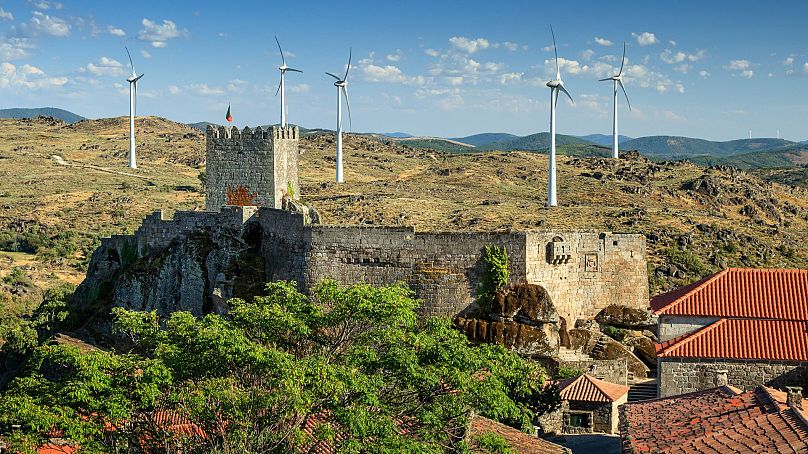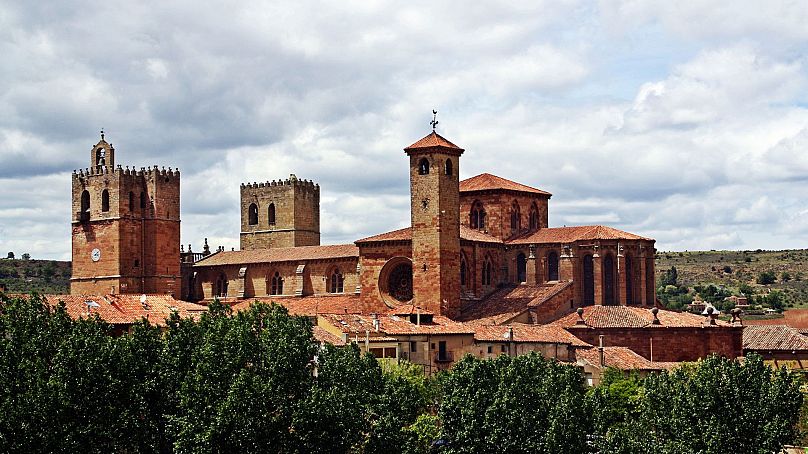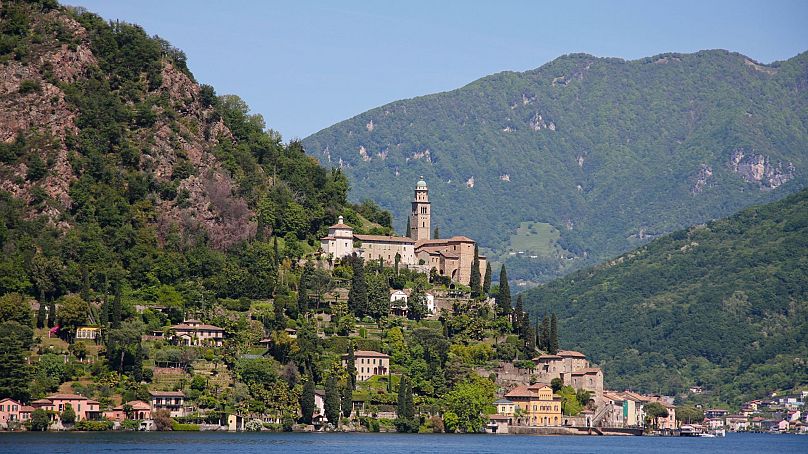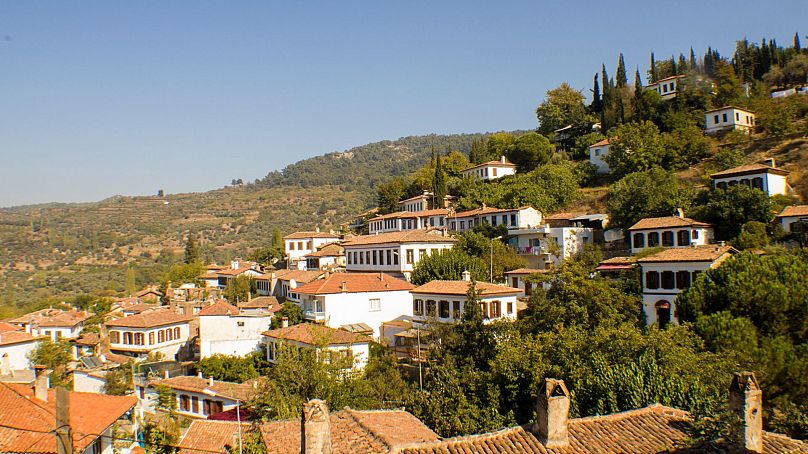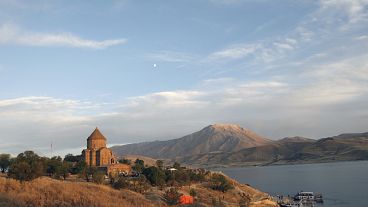These are Europe's Best Tourism Villages according to UN Tourism.
From Venice to Athens, Europe’s most popular destinations are buckling under the weight of unsustainable tourist numbers.
Visitors are met with crowds, queues and crumbling infrastructure. While locals face strained resources that foster a growing discontent with tourists.
So how can you make sure you’re part of the solution, rather than the problem?
It’s time to explore off the beatentrack. To help you in your search for undiscovered destinations, UN Tourism has singled out the Best Tourism Villages.
These are places where tourism preserves cultures and traditions, celebrates diversity, provides opportunities and protects biodiversity.
In short, rural places where tourism is beneficial for locals and visitors alike.
Globally, 53 villages - 16 of them in Europe - received the award this year with the winners announced in October at UN Tourism’s General Assembly in Samarkand, Uzbekistan.
Here are all of the award-winning villages in Europe.
Ordino, Andorra: For traditional stone houses and high-mountain lakes
With a population of less than 80,000, Andorra is one of the smallest states in Europe.
Sandwiched between France and Spain, high in the Pyrenees mountains, the tiny country is popular for skiing and duty-free shopping - but it has a whole lot more to offer.
Ordino is a medieval town lined with picturesque stone houses - one of which you can peek inside at the Casa Areny Museum.
Once you’ve explored the town itself, the local parish is packed with outdoor adventures.
From the high-mountain Tristaina Lakes and Sorteny National Park - the country’s largest nature area - to Casamanya mountain and Ordino Arcalís ski resort, there’s no shortage of panoramic hiking trails and powdery slopes to conquer.
Ordino can be reached on a day trip from Barcelona, Girona or Toulouse, each around a three-hour drive away.
St Anton am Arlberg, Austria: For adrenaline-filled skiing and sensory hiking
High in the Tyrolean Alps, St Anton am Arlberg is the gateway to the Arlberg ski region.
And there’s no better place to take to the slopes as this area is known as the ‘cradle of alpine skiing’ for its pioneering role in inventing the sport. Learn all about it at Museum St Anton am Arlberg, which can be found in a wooden ski cabin.
When you’re tired of snowsports, let your senses embrace the WunderWanderWeg - Wonderful Hiking Trail - which consists of a barefoot walking path, an alpine herb path and an alpine flower trail.
Schladming in central Austria also received a UN Tourism award. The former mining town is now known for its world-class skiing, beautiful biking and hiking trails, and refreshing lakes.
Slunj, Croatia: For cascading waterfalls and traditional mills
Most tourists make a beeline for Croatia’s Dalmatian Coast, but head to the country’s mountainous interior and you’ll be rewarded with cascading waterfalls and riverside beaches.
The town of Slunj is just a short drive from the famous Plitvice Lakes but offers its own watery spectacle. In Rastoke, 23 waterfalls rush into the Korana River, which is lined with traditional mills.
During summer, take a refreshing dip in the water before cycling through the peaceful Jelvik forest along the river’s edge.
Tokaj, Hungary: To sample sweet ‘noble rot’ wine
Wine lovers shouldn’t miss the historic Hungarian town of Tokaj. It is the centre of the Tokaj-Hegyalja wine district - home to Tokaji, the original 'noble rot' wine.
This sweet, complex tipple relies on botrytis, a special type of fungus that attacks overripe grapes and turns them into shrivelled, sugary berries. This process requires weather conditions unique to the region and the grapes are harvested by hand.
Needless to say, no visit is complete without a wine tasting session and a trip to Tokaj’s World Heritage Wine Museum.
Lerici, Italy: To experience the Italian Riviera sustainably
Lerici, on Italy’s northwest coast, is dotted with the kind of iconic colourful buildings that Cinque Terre is known for.
But it’s the town’s commitment to the blue economy that has earned it recognition from UN Tourism.
It is home to the Santa Teresa Smart Bay - Italy’s first underwater ‘living’ laboratory. Here, scientists monitor for destructive ocean acidification by observing the growth rate of bryozoans - aquatic invertebrate animals.
This research will help in their mission to protect the bay’s delicate ecosystem and encourage sustainable tourism in the area.
Sortelha, Portugal: To step back in time
From Lisbon to Porto, Portugal has soared in popularity as a tourist destination in recent years. But the country still has plenty of hidden gems to discover.
Among them is Sortelha, an ancient, walled town that has maintained its medieval and Renaissance architecture.
Overlooked by an imposing 13th-century castle, its rural granite houses paint a scene from days gone by while its wind turbines paint a vision of a sustainable future.
Portugal earned no shortage of accolades at UN Tourism’s Best Tourism Village Awards.
Also awarded were the surfing paradise of Ericeira, the green mountain village of Manteigas, and Vila da Madalena on the island of Pico in the Azores.
Valeni, Moldova: For pelican watching on Lake Belleau
Dive into Moldova’s beautiful natural wonders in Valeni, a village in the country’s southwest.
This destination has been improving its tourism credentials since 2014 when Eco Village Văleni was established as a base for visitors to explore the area.
Witness flocks of pelicans on their way to the Danube Delta at Lake Belleau and explore the Lower Prut Natural Reservation, registered in the UNESCO World Network of Biosphere Reserves.
Siguenza, Spain: For a medieval train journey
Sigüenza in central Spain is known for its fortress-like castle and Museo Diocesano, home to famous religious artworks.
But in recent years this living museum of a city has become stagnant due to depopulation.
It is now on a mission to change that by becoming a hub of rural development - and tourism is a key piece of the puzzle.
The city is encouraging weekday travel on its Medieval Train, which runs from Madrid and takes one hour and 20 minutes. Troubadours and knights accompany you on your journey, using music and theatre to tell the story of the villages and towns you pass through along the way.
Oñati - a Basque town embracing smart tourism - and the historic municipality of Cantavieja also received UN Tourism Best Tourism Villages awards.
Morcote, Switzerland: For lakeside lounging
With its postcard-pretty looks, Morcote on Lake Lugano is an irresistible travel destination.
Backed by greenery, arcades of old patrician houses line the water’s edge, welcoming the ferry from Lugnano to this protected Swiss village.
The Swiss town of Saint-Ursanne, with its Romanesque abbey church and medieval houses, also received a Best Tourism Villages award.
Şirince, Türkiye: For a peaceful escape
With a history stretching back to the Hellenistic period, Şirince in Türkiye strives to preserve its old-time atmosphere.
Cars are banned in the town’s narrow streets, leaving locals to get around by foot or horse.
The hilltop town was a Greek village before the Greco-Turkish War. It is 12 km from the ancient city of Ephesus and is surrounded by vineyards, olive orchards and fruit trees.
